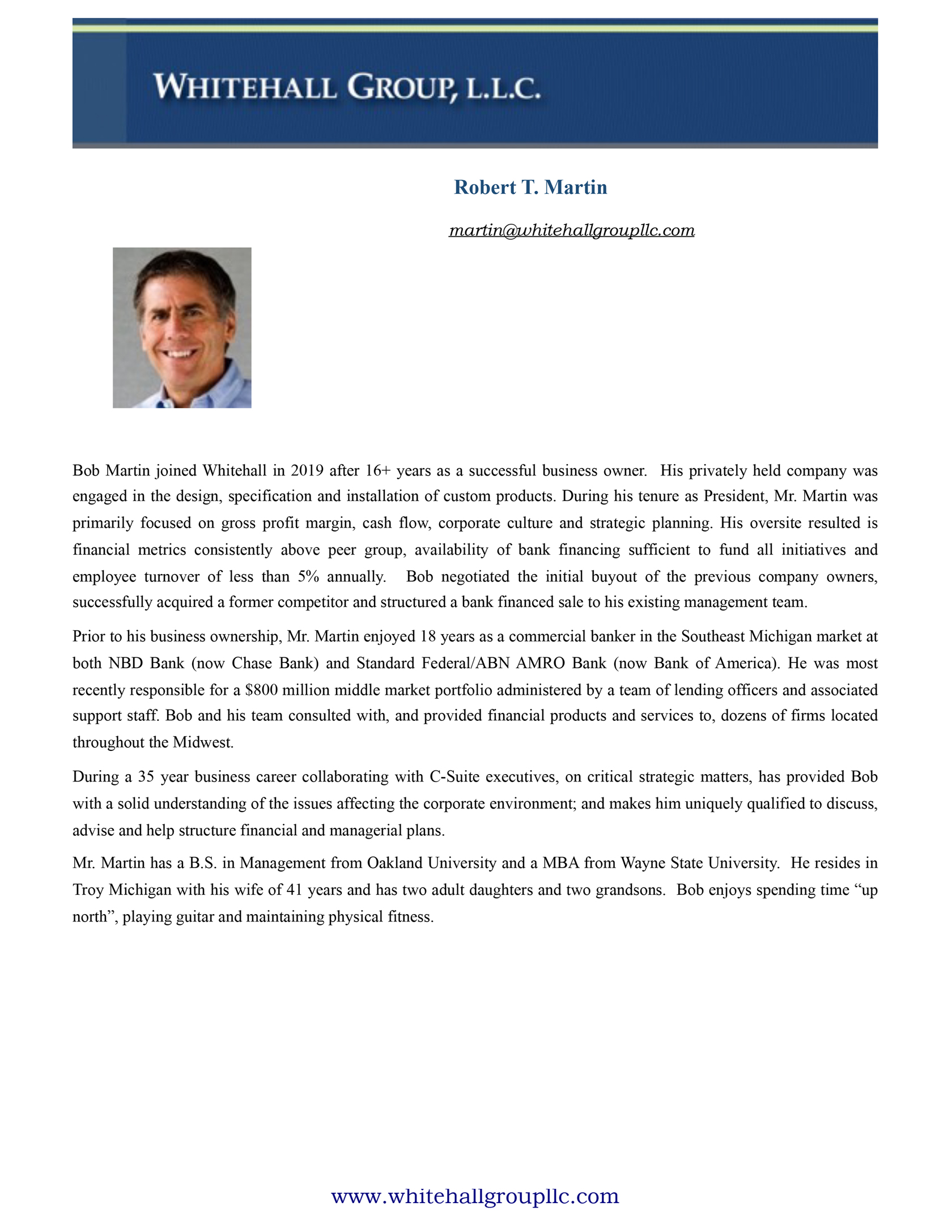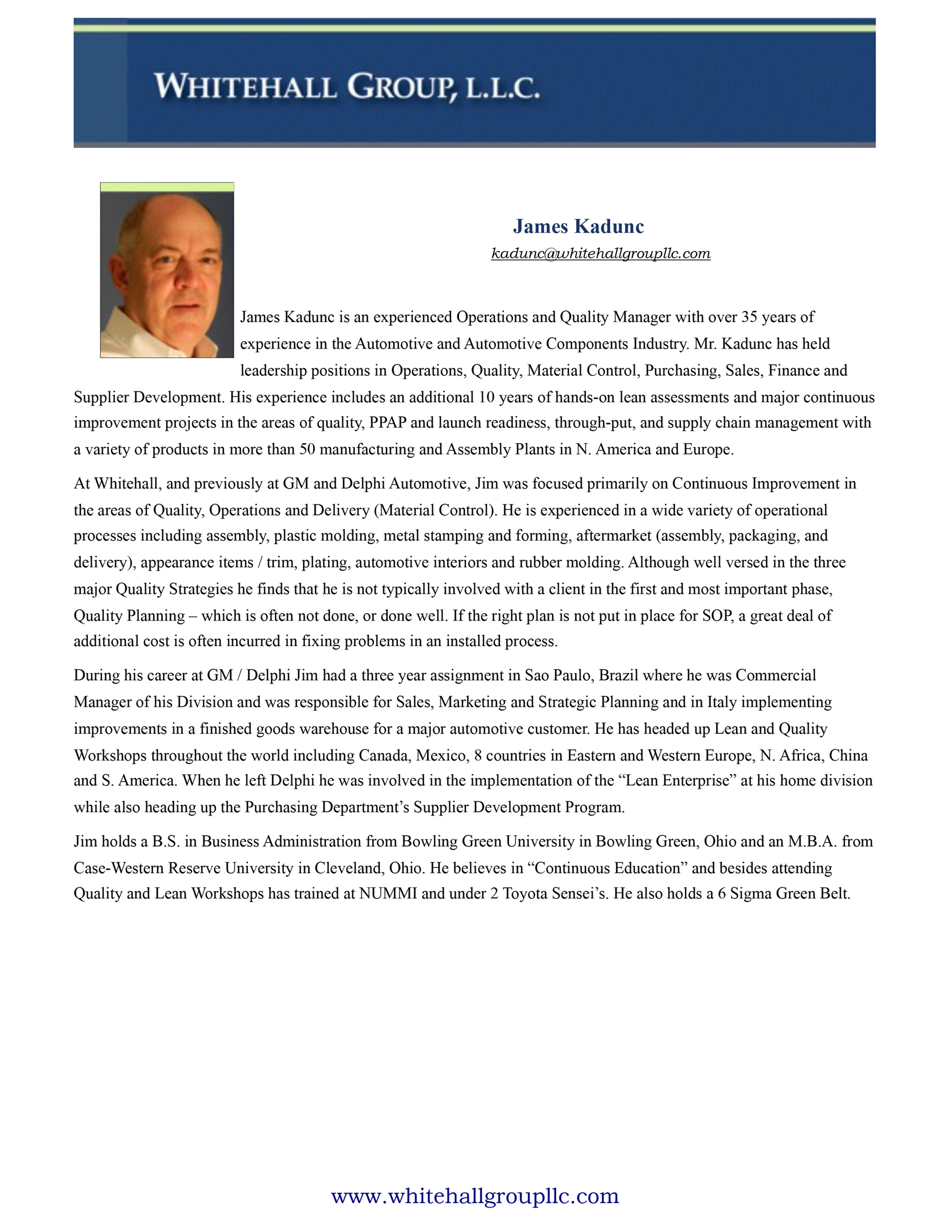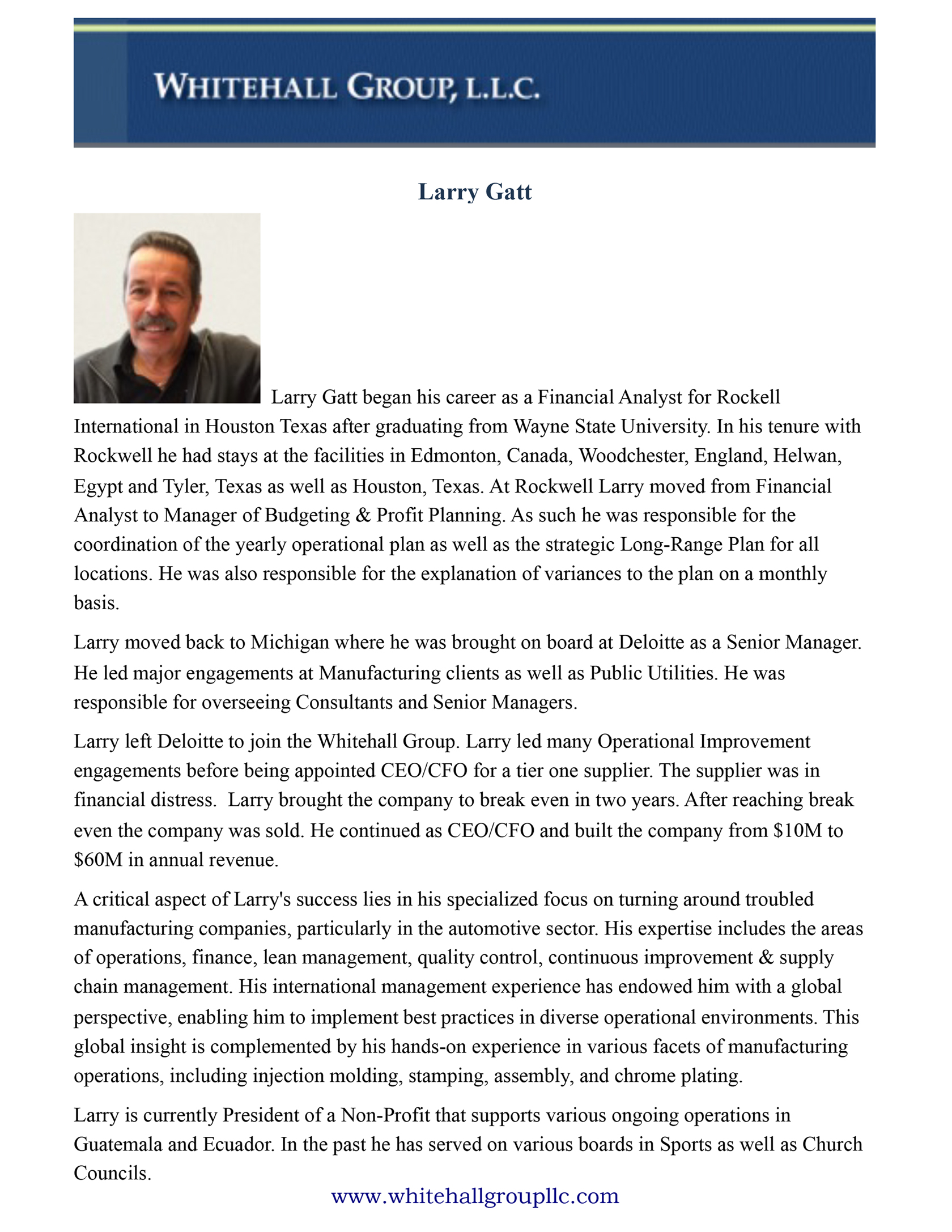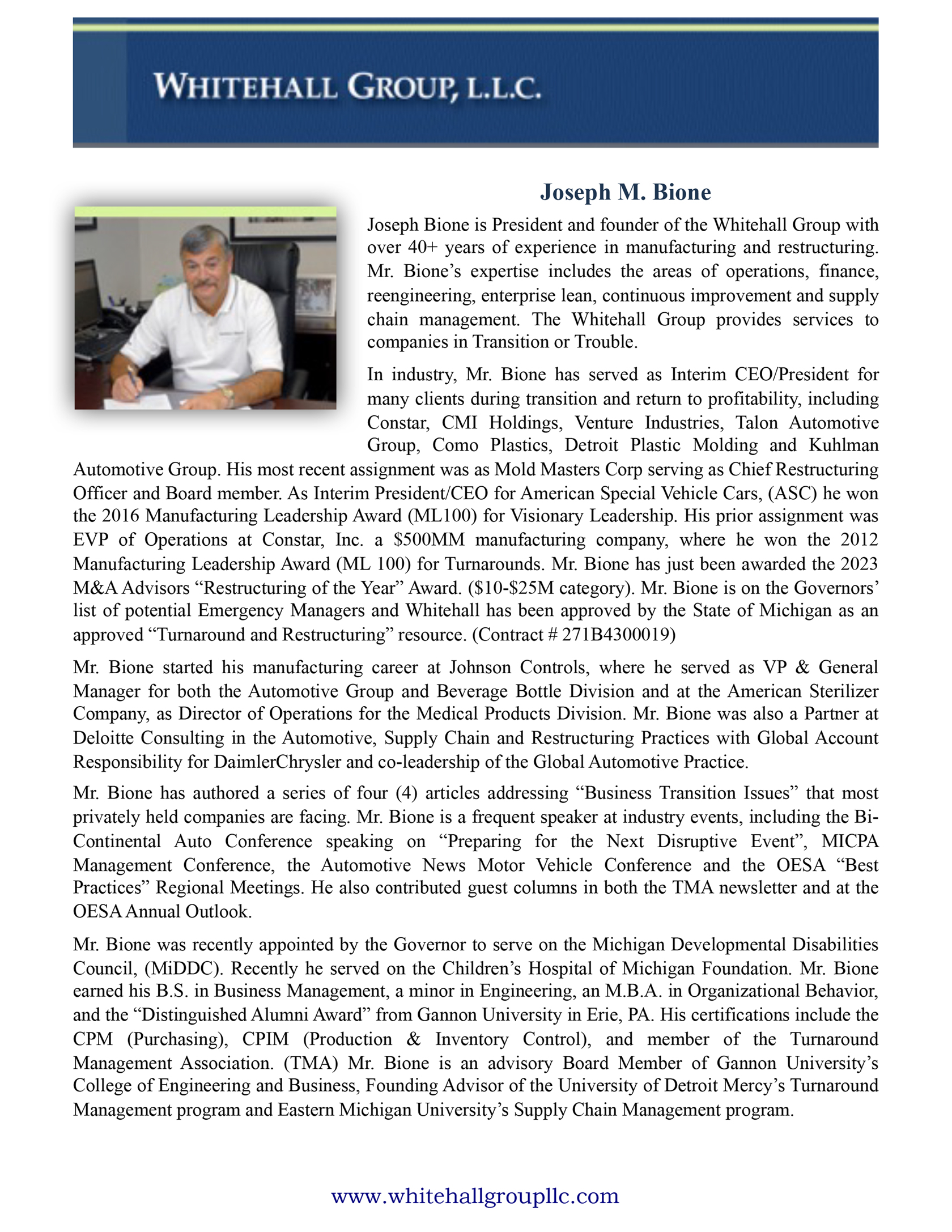Editor’s Note: This article is the fourth in a four-part series devoted to understanding the transitioning of a company from operational excellence, market intelligence and buy-side strategies, business valuations and exit strategies. This month’s column focuses on providing business owners an in-depth perspective on key aspects of sell-side strategies.
Every company is always in the midst of an ongoing transition. But how you manage your company’s transition will significantly impact its future success and the value you ultimately receive for the successful exit you have worked so hard to achieve for so many years.
For most middle market business owners, the sale of the company will be among the most significant financial transactions of a lifetime. That makes it far too important to risk going-it-alone as a first-time seller.
In fact, the next 15-plus years, mergers and acquisitions (M&A) will be driven by significant industry changes that are rapidly transforming the M&A landscape. Three dominant factors propelling growth are: 1) a growing tsunami of retiring Baby Boomer business owners; 2) the Information Age’s perpetual revolutions – and resulting market disruptions, and 3) the increasingly global competitive landscape in which all businesses must compete.
Companies that maximize their operational efficiencies will achieve the flexibility to control their own destinies, while those that don’t will most likely fail. M&A buyers and sellers should prepare to take full advantage of the fruitful, and increasingly competitive, M&A environment in the coming two decades.
Key Factors
An estimated 67 percent of today’s middle market business owners will reach retirement age by 2029. This means that more than 800,000 middle market businesses will be sold or otherwise disposed of at an average of 43,000 middle market businesses annually by then.
Waves of technological advances will drive the need for M&A going forward. Firms that fail to maintain continuous technological advantages will be unable to deliver the cutting-edge solutions demanded by their own rapidly-evolving markets and, consequently, may be overtaken by competitors.
Likewise. operational improvements, a rapidly-accelerating trend toward a global economic world-order, and as much as $1 trillion in Private Equity Capital “dry powder” seeking business acquisitions collectively guarantee a significant rise in M&A activity through 2029.
Talk to an M&A Adviser
Far too often, business owners wrongly assume that the sale or purchase of a business is just like any other negotiation they previously managed and too often lead their sell-side M&A transactions by themselves. Resulting “do-it-yourself, first-time M&A:’ transactions too often prove quite costly, even catastrophic, to first-time M&A business owners. Why? Because first-time M&A sellers often overlook the fact that the full value of a transaction involves far more than just the price they negotiate for their businesses. Transaction terms often cause first-time M&A sellers to leave huge sums on the table while first-time buyers significantly overpay for their acquisitions.
Why You Should Talk to an Operational Expert
- Appearance: First impressions set the tone for what is to come.
- Efficiency: A good buyer can identify a business’ operational efficiencies which inevitably drive the price (up or down) they are willing to pay based on the “synergies” they anticipate achieving.
- Maximize Profits: Improve your bottom line with the assistance of a third-party operational expert to identify and capture all available operational efficiencies before a transaction is negotiated.
Studies published over the past 35 years repeatedly established that over-inflated purchase prices cause roughly 70 percent of buy-side acquisitions to fail to achieve their objectives primarily due to over- estimation, and subsequently under- realized, “synergies.” However. such errors easily can be avoided by enlisting a professional M&A adviser, operational expert and other advisers with extensive industry experience and a mastery of the art and science of M&A.




